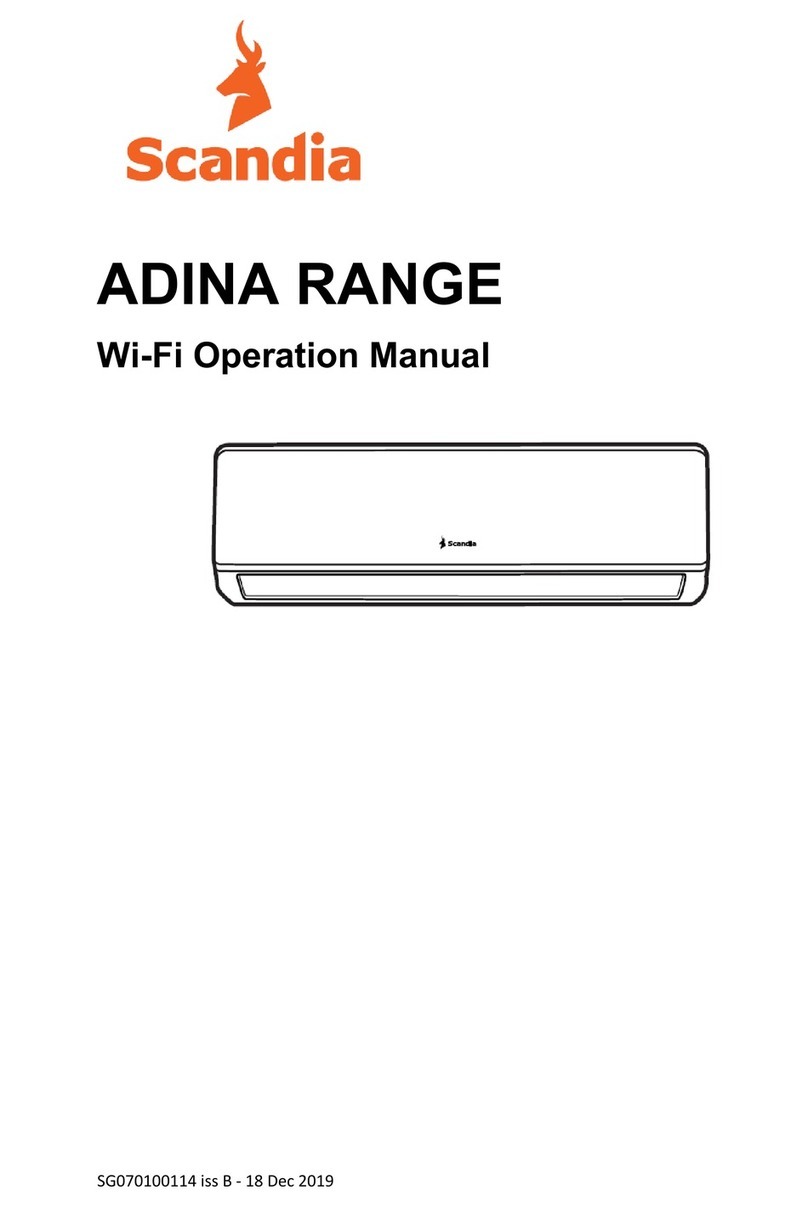
4
SAFETY RULES AND RECOMMENDATIONS
FOR THE USER – OPERATION
1. Only use the air conditioner as instructed in this booklet. These instructions are not intended to cover every possible condition and
situation. As with any electrical household appliance common sense and caution are therefore always recommended for installation,
operation and maintenance.
2. This air conditioner is not intended for use by persons (including children) with reduced physical, sensory or mental capabilities, or
lack of experience and knowledge unless they have been given supervision or instruction concerning use of the air conditioner by a
person responsible for their safety.
3. Children should be supervised to ensure that they do not play with the air conditioner.
4. This air conditioner has been made for air conditioning domestic environments and must not be used for any other purpose, such as
drying clothes, cooling food, etc.
5. Always use the air conditioner with the air filter fitted. The use of the air conditioner without the filter could cause an excessive
accumulation of dust and waste on the inner parts of the device with subsequent failure.
6. Do not remain directly exposed to the flow of cold air for a long time. The direct and prolonged exposure to cold air could be
dangerous for your health. Particular care should be taken in rooms where there are children or sick or elderly people.
7. In the event of a malfunction such as a burning smell, immediately stop operation of the air conditioner, and disconnect all the
power supply by turning off the electrical breaker or disconnecting the power plug. Then contact an authorised service agent.
8. Ensure that the air conditioner is disconnected from the power supply when it will remain inoperative for a long period and before
carrying out any cleaning or maintenance.
9. Do not cover or place any objects on any part of the air conditioner.
10. Do not climb on top of the air conditioner.
11. Do not leave windows or doors open when operating the air conditioner.
12. Do not direct the hot or cold airflow over plants or animals.
13. Do not operate the conditioner if it has been submerged in water. Contact a service agent.
14. Do not insert your fingers or any other objects into outlet port, open panel, or intake grille.
15. Do not bend, tug or compress the power cord.
16. If the supply cord is damaged, it must be replaced by a suitable qualified service agent or persons in order to avoid a hazard.
17. Do not touch or operate the air conditioner when barefoot or parts of the body that are wet or damp.
18. Do not obstruct the air inlet or outlet on the outdoor unit.




























